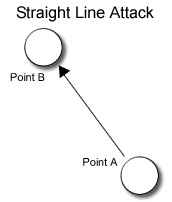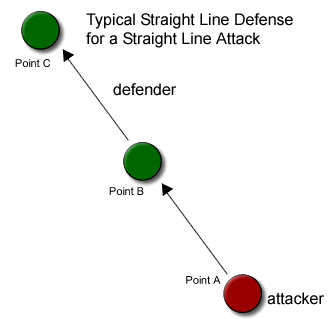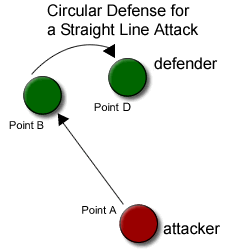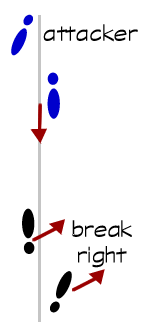![]()
![]()
![]()

![]()
![]()
![]()
|
"Improve Your Win/Loss Ratio First - please subscribe to the KarateTips Newsletter - it's packed full of tips, articles and information to help you improve your fighting, kata and teaching skills... From: Jason Stanley, 3rd Dan Shitoryu Some time back I had the good fortune to train under Sensei Antonio Oliva. Sensei Oliva is regarded by many as the world's foremost tactical coach. Apart from being a national and European champion, he was responsible for taking the Spanish team to world level as the Spanish national coach. He founded the Scientific Martial Arts Research Center in Spain and has produced world champions in over a dozen countries. If you ever want to learn about the dynamics of fighting from one of the world's best competitors and international coaches, attend a course with Sensei Oliva. The topic of this article discusses one simple concept that I learned from Sensei Oliva. It is a single concept of fighting dynamics that, will take your fighting ability to new levels when implemented. Before I met Sensei Oliva, I had learned the basics of what I'm about to describe. I had been consciously practicing what he was about to explain to me. However, once I fully understood and actively thought about this concept while I fought, it helped me think tactically while fighting. It changed my thought process of being "reactive" to my opponent to becoming "proactive" as I anticipated my opponent's next move.
The tactic I am referring to is using a circular defense when faced with a straight line attack. What does this mean? A straight line attack means exactly that - you attack in a straight line directly at your opponent. This does not limit you to only straight techniques such as mae ken zuki, gyaku zuki or mae geri. It can also include circular techniques in your straight line attack such as mawashi geri and haito uchi (ridge hand). Whatever the technique, your attack from point A to point B takes the shortest path possible: a straight line.
Now consider the options you have when defending a straight line attack. There are several you can use. The three basic defenses are as follows, all of which have several variations.
This article focuses on the last point, circular defense.
In the above diagram you'll notice the addition of point C which is the position the defender usually moves to when using a straight line defense/evasion. This evasion is commonly used and is a natural movement. It is easy for a defender to move backwards as far away from the attacker as possible. While this might work at times, it often has several disadvantages.
Consider a circular defense instead. The diagram below explains how this works.
This is often called "breaking the line" (of attack). You will notice that the new Point D will provide you with some great opportunities that are absent at Point C. For starters, it is much faster to move (push) sideways than to step backwards, therefore your chances of evading the attack are much greater.
The defender who reaches Point D instead of Point C has some opportunities that Point C people do not. For example, if you move to Point D you will...
Now that the benefits of a circular defense are apparent, below are the "how to" steps to get to Point D. At the first sign of your opponent attacking, you must move to the outside line. Do this by turning your front foot so your toes are pointing in the OPPOSITE direction to which you want to move. As you do this, slide your back foot across to accommodate the change in direction of your stance. Now push backwards by lifting your BACK leg and pushing/driving with your front leg in a backward motion at the angle as shown below.
This is just one example of a circular defense - breaking the line of attack. Once I started to think tactically while I fought, instead of reacting to my opponent's straight line attack with a circular defense, I started moving as I anticipated the attack. This was a huge step in making this technique effective.
The above example is just one method of a circular defense that you can use against a straight line attack. The other strategies are outside the scope of this article, but also use circular defense as the foundation of their success. This might all sound fairly
simple, but remember that over 80% of people practicing karate feel
as though they do not know what to do when sparring. If you can
incorporate this simple, yet very effective strategy into your
sparring, you will find that you will out-position your opponent
often, and as a result win more fights. I just wish I knew how to
apply this strategy when I began competition fighting all those
years ago! |
![]()
![]()
![]()
![]()
![]()
![]()
![]()
![]()
![]()
ęCopyright 2025 Kofukan Karate Master. All rights reserved.
![]()



